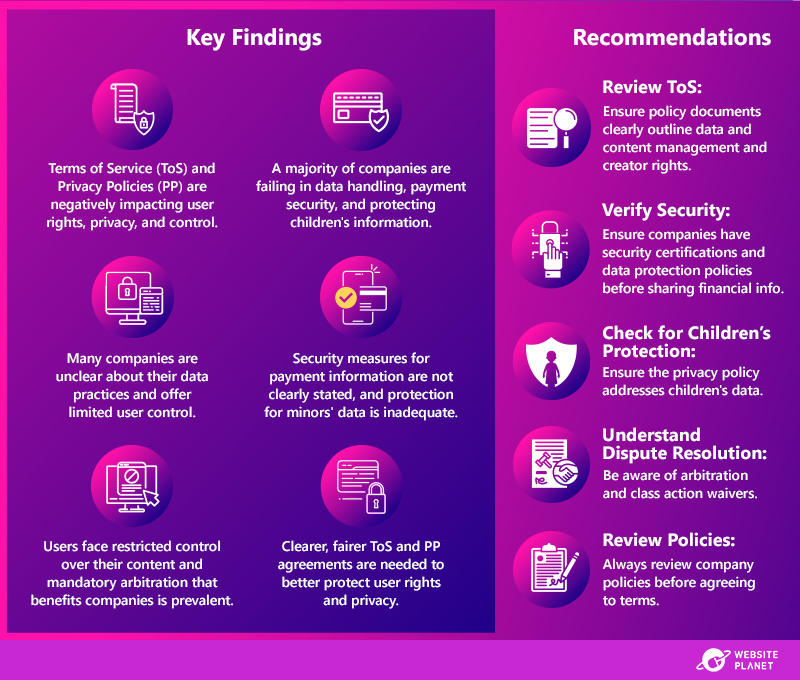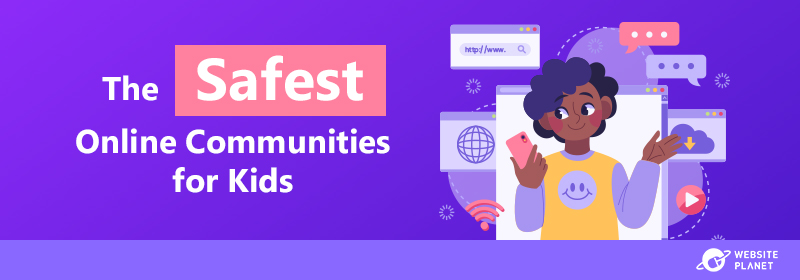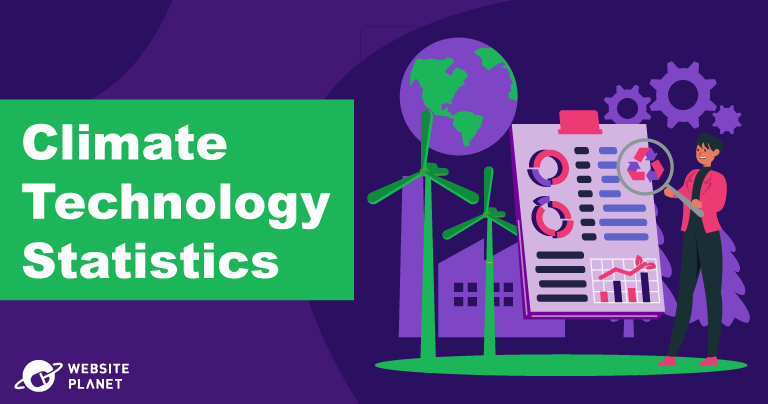Inside this Article
In your opinion, will AI ultimately lead to increased worker productivity or job displacement?What role will government regulation play in ensuring responsible AI development and implementation?What are the challenges and opportunities for wider adoption of Generative AI (GenAI)?Are there ethical considerations surrounding the use of AI in the workplace?What are some of the potential downsides of relying heavily on AI for increased productivity?What skills will be most in demand as AI becomes more integrated into workplaces?What role will creativity and innovation play in the future of work alongside AI?
In your opinion, will AI ultimately lead to increased worker productivity or job displacement?
AI is poised to significantly enhance productivity while also reshaping the job landscape. While some roles may experience displacement or redirection, most jobs will see unprecedented efficiency gains. The true impact remains to be fully realized, but we are already witnessing notable changes. For example, roles that require a physical human presence and direct customer or patient interactions, such as those in restaurants, retail, and care facilities, are much less likely to be disrupted in the near term. Employers in these sectors continue to prioritize hiring and retaining human employees for these critical positions. Conversational AI, including recruitment chatbots, is pivotal in boosting efficiency and effectiveness in these areas. By automating routine tasks, AI allows human workers to focus on more strategic and customer-centric activities, ultimately enhancing overall productivity. Jim Schimpf, CEO at Chattr / chattr.aiWhat role will government regulation play in ensuring responsible AI development and implementation?
With the widespread use of Artificial Intelligence (AI) and its growing sophistication, regulatory bodies must ensure the responsible usage of these innovative tools. Effective government regulation can foster consumer trust in AI tools by addressing the concerns over privacy, bias, accountability, transparency, and fairness. It is important to recognize AI’s contribution to innovation and its potential for positive impact and innovation. By adopting a proactive approach that enforces security protocols, we can safeguard these technologies against societal harm and malicious exploitation without stifling innovation. In the cybersecurity space, I often encounter the significant risk posed by AI to individual privacy through the collection, storage, and utilization of personal data without giving individual consent. Government regulation should mandate transparency in data practices, requiring AI developers to obtain explicit user consent before accessing personal information. This could include implementing strict guidelines for data anonymization, secure storage, and ethical usage, preventing misuse and unauthorized access. Building consumer trust in AI tools hinges on these protective measures. Governments must play a pivotal role in ensuring AI is developed ethically and responsibly. Implementing such regulatory frameworks ensures public safety and trust while promoting broader acceptance and responsible integration of AI technologies in society. Meiran Galis, CEO at Scytale / scytale.aiWhat are the challenges and opportunities for wider adoption of Generative AI (GenAI)?
GenAI is thriving in early adopter industries like coding and marketing. However, three barriers – privacy, costs, and imagination – limit wider adoption. These will likely be overcome in the next 12-18 months.- Privacy concerns are being addressed through proprietary large language models (LLMs) and Small Language Models (SLMs) as well as secure solutions like AWS GovWeb.
- Cost barriers are lowering with improved open-source models offering accuracy at reduced prices, providing more options for ROI calculations.
- Without imagining the possibilities, businesses won’t explore how GenAI can solve their unique challenges or create new opportunities. This limits the overall adoption of GenAI and hinders innovation. It’s like having a powerful tool but not knowing what it can build. This lack of vision hinders exploration and keeps GenAI on the sidelines of many businesses.
Are there ethical considerations surrounding the use of AI in the workplace?
There are many ethical considerations with the use of AI in the workplace. Addressing these issues requires a cross-organization review to develop guidelines for all employees to follow. My top 3 are:- Privacy and Data Protection – AI utilizes a lot of information to generate responses to a user’s prompt. Organizations must ensure they meet globally recognized privacy standards such as GDPR, and information security standards like AIPC SOC 2 when collecting and using personal information in their AI systems.
- Creativity and Ownership – AI tools can help create both text and graphical content, but this can lead to questions about who owns the output – and what information sources were used to create the content. Organizations need to make sure they are providing the appropriate recognition of the data sources used by their AI models.
- Bias and Fairness – AI systems can develop biases based on the data they use to train their algorithms. Organizations need to ensure their models deliver fair information – particularly when it is used to make decisions about hiring and promotions. This will help promote diversity and inclusion and lead to a happier environment for employees, customers, and business partners.
















